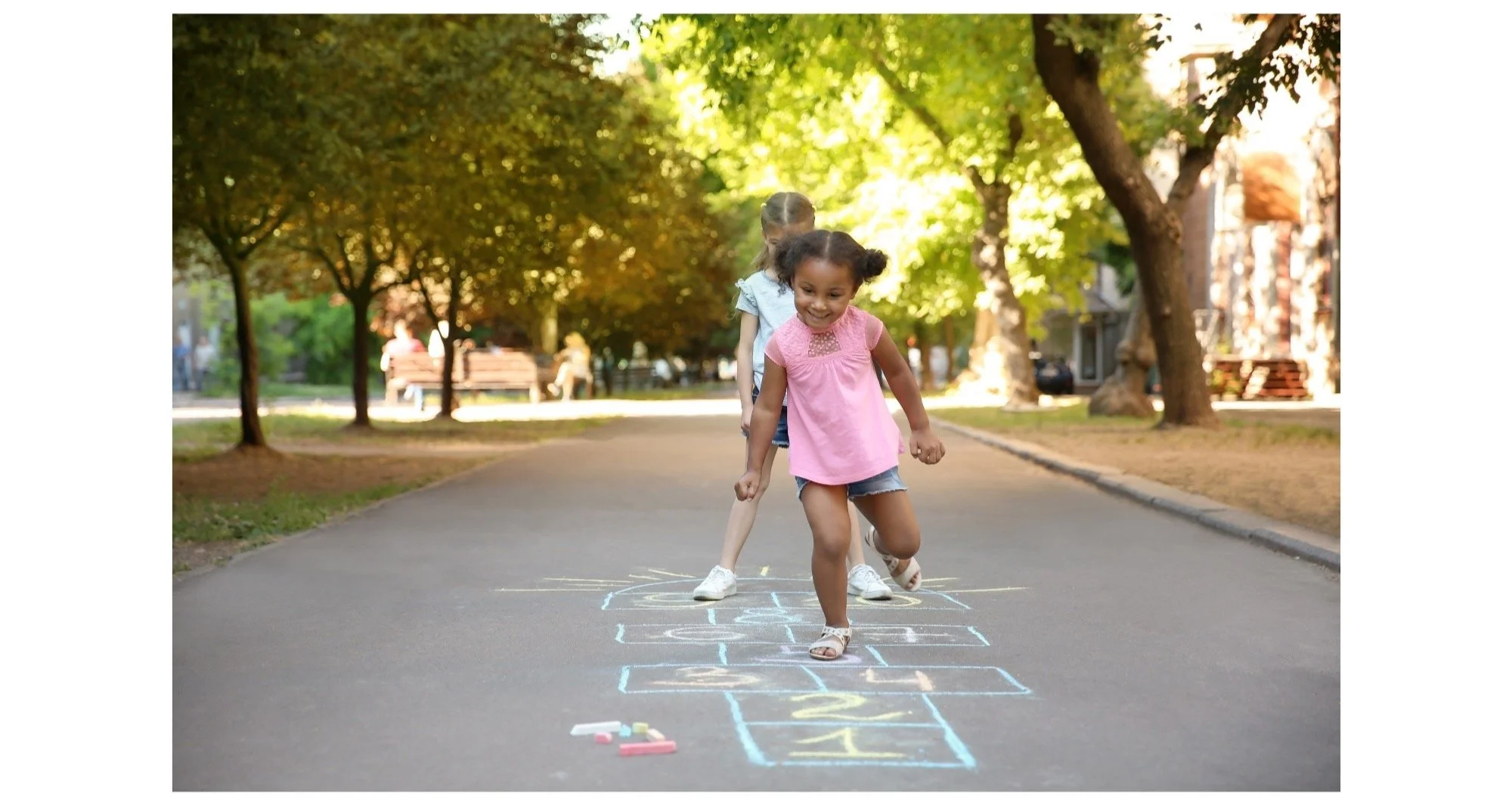Teaching Action Verbs at Home: Everyday Activities That Build Language
Verbs play a big role in helping children talk in full sentences, and it all starts with action words.
In this post, we’ll look at how to teach action verbs during your daily routines.
Later, we’ll explore other kinds of verbs, like linking and helping verbs.
What are Action Verbs?.
Verbs are sometimes called action words because they describe what people, animals, or objects do. For example:
run
jump
eat
sleep
play
open
blow
Understanding and using verbs helps your child go from naming things (like “ball” or “dog”) to putting words together (like “kick the ball” or “run doggy”).
Why Are Action Verbs Important?
Verbs help your child:
Talk about what’s happening
Combine words into phrases and sentences
Answer questions like “What is he doing?”
Describe actions in stories and play
They’re also a big part of how children learn grammar and sentence structure as they grow.
How to Use Action Verbs in Daily Activities
During Mealtime
Use verbs to describe what your child or others are doing:
“You’re eating apples.”
“Let’s cut your sandwich.”
“Daddy is drinking water.”
“Can you mix the oatmeal?”
Add more language:
“First we pour, then we stir.”
“Let’s put the spoon on the table.”
During Playtime
Play is packed with action words:
“You’re pushing the truck.”
“Let’s build a tower.”
“The horse is jumping.”
“Throw the ball!”
Encourage turn-taking with verbs:
“Now you pull, then I’ll push.”
During Bath Time
Great for body awareness + verbs:
“You’re washing your toes.”
“Let’s pour the water.”
“We need to rinse your hair.”
“Time to dry your hands.”
During Clean-Up
Chores help teach purposeful actions:
“Let’s pick up the blocks.”
“We need to wipe the table.”
“Can you carry your shoes?”
“We’re putting away the books.”
During Transitions or Routines
Highlighting movement during routines:
“Time to go!”
“Let’s walk to the car.”
“We need to open the door.”
“Sit down and buckle your seatbelt.”
During Bedtime Reading
Point out what characters are doing while reading stories:
“The bear is running!”
“She opens the box.”
“They are laughing.”
Ask questions:
“What is the cat doing?”
“Who is climbing the tree?”
During Art or Crafts
Great for modeling sequences and verbs:
“Let’s draw a circle.”
“We need to cut and glue.”
“You’re coloring with red.”
Tips for Caregivers
Use short, clear sentences with one verb at a time.
Repeat key verbs often across the day.
Pair verbs with gestures or actions when possible.
Add verbs naturally as you narrate what your child is doing.




